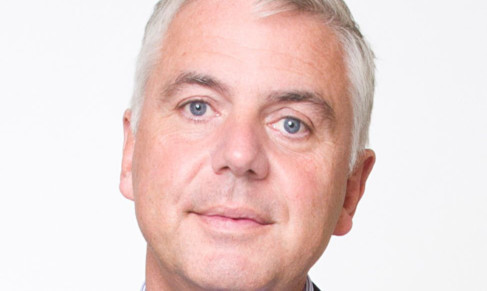A Scottish corporate restructuring specialist has warned firms to be aware of the potential pitfalls of a recovering economy.
Matt Henderson, head of restructuring at Johnston Carmichael, said that many companies expected their own fortunes to mirror the wider economy as it moved from a downturn to a more solid footing.
However, Mr Henderson said the post-recessionary period often proved to be just as “precarious” a time for businesses that sailed close to the wind in the bad years.
“Many companies have concentrated their efforts on surviving the recession, and they might feel a sense of relief now that the economy is showing signs of recovery,” said Mr Henderson.
“However, their relief may be short-lived.
“Strangely enough, an economic recovery can be a precarious time for businesses.
“During an economic recovery, there is a greater need for companies to fund growth and finance new capital investment, products, stock and recruit additional people.
“This hunger for additional capital will mean that struggling companies will need to obtain further credit at the same time when their lenders are presented with more solid alternative investment opportunities,” he said.
“Commercial lenders are currently supporting problem accounts, waiting for better market conditions when they will have a chance to offload distressed assets,” added Mr Henderson
“Low interest rates at the moment reduce the carrying cost of problem debts, but monitoring and management of these companies can be time-consuming and expensive, so their support won’t remain in place indefinitely.
“In addition, with the prospect of an interest rate rise in 2015, there will be increasing pressure to restructure the debt within distressed businesses.
“It seems ironic and counter-intuitive but, as the economy recovers, we are likely to see an increase in activity to restructure problem debt,” he said.
Mr Henderson added that just ignoring the problem was not the answer.
“Companies that are currently struggling need to act now,” he said.
“If you are running a company that is only servicing its debt, you need to consider very carefully how you are going to survive the recovery.
“The sooner business owners reach out for help, the better because early intervention and support means increased chances of survival and recovery,” he added.
